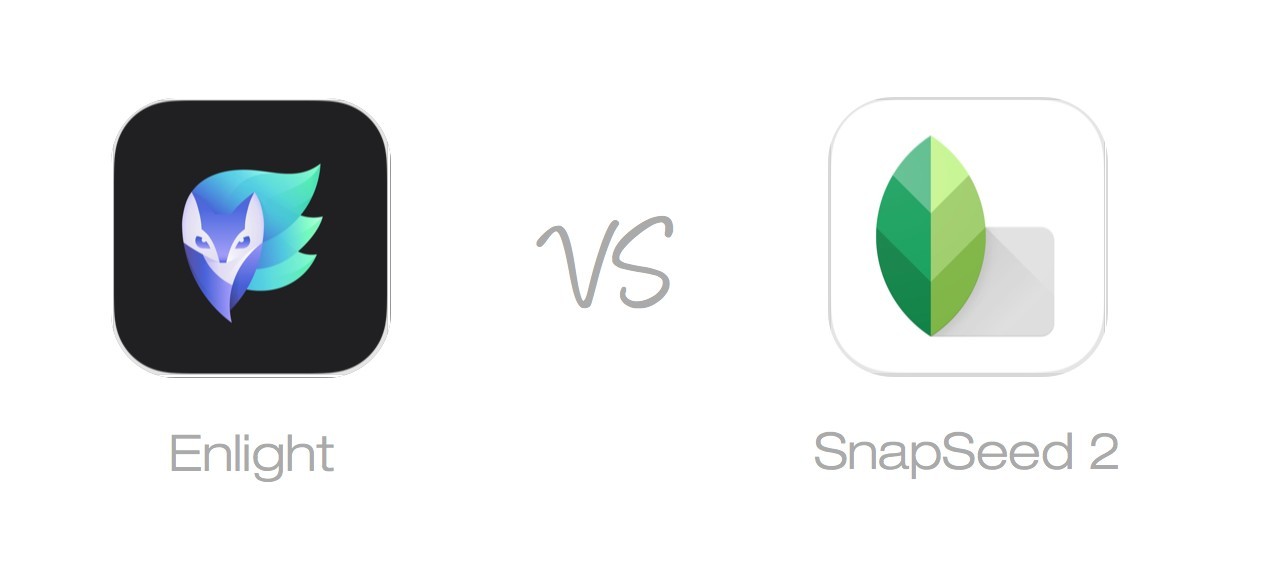还记得之前介绍过的 Knock 么?只需要敲击两下就能快速解锁 Mac 的 app。
VSCO FILM 00 FREE STARTER PACK
VSCOCam 是 iOS 上一款滤镜相机,其最著名的地方就是他们的胶片滤镜。 而其实 VSCO 在这款 APP 之前,就一直在做胶片滤镜,有 OS X 和 WIN 两个平台的版本。最主要的是作为 LightRoom 的插件存在。
Alfred 2 Plugin -- open in Atom

用于在 Alfred 2 中用命令快速调用 Atom 打开所见文档,类似于 Open in Sublime, 为了自己方便建立了一个 workflow,有需要的下载吧!

在 Enlight 出来之前,Snapseed 曾经是我最主要的修图工具。
当然,Enlight 确实是大而全的一款 App,但是使用中,却让我有了无法忍受的一点。那就是丢失部分图片信息。
导出的时候,Enlight 导出所用的格式是 PNG,而 Snapseed 仍然是 jpg 导出。自然大家都知道 PNG 图片所用的格式是无损的,这就是说,Snapseed 导出的图像相比 Enlight 要小很多,因为 iPhone 默认拍照所保存的都是 jpg 格式,所以即便再导出 PNG 格式,那所增加的部分应该是软件通过算法添加进去的。 而,Enlight 在导出的 PNG 格式图片里,却丢失了相机信息,地理位置信息和更重要的拍照时间信息。照片的时间被导出的时间所代替。
How to set up networkx in Chinese
Problem description
Hi, everynone,
when we use networkx to display Chinese, we will find that Chinese cannot be displayed.
Solution
Download the font in the attachment;
https://github.com/hivandu/practise/blob/master/resource/SimHei.ttf
Execute in jupyter notebook
1 | |
Find the path to matplotlib, and then cd to this path, after cd to
this path, continue cd, cd to the path map-data/fonts/ttf.
Then replace the file DejaVuSans,ttf with the file we
just.
1 | |
Among them, the ttf font used. I have uploaded it to everyone.
sketch 也不知道什么时候开始年费化了,也不能打开高版本文件了。(妈蛋)
据说是为了促进销量和保护版本。
打开包文件,然后打开包内的meta.json
替换头部:
1 | |
替换尾部
1 | |
这里实际有几个 key:commit, appVersion,
build, version,NONAPPSTORE
value 替换成相应的值就 OK 了。
-- UPPER 是转换大写的函数
1 | |
-- 使用别名
1 | |
-- 无表查询
1 | |
-- 比较运算符
1 | |
-- 一个时间段之后入职
1 | |
-- 短路运算 short-circuit evaluation
1 | |
-- 运算符优先级
1 | |
-- 去处重复值
1 | |
/ 查找 2018 年 1 月 1 日之后入职,月薪小于 5000,并且奖金小于 1000(包括没有奖金)的员工。 /
1 | |
-- LIKE 运算符
1 | |
-- 转义字符
1 | |
-- 大小写匹配
1 | |
-- 正则表达式 判断邮箱
1 | |
-- 降序排序
1 | |
-- 多列排序(工资,入职先后)
1 | |
-- 按照 SELECT 顺序
1 | |
中文排序
-- CONVERT 是一个函数,用于转换数据的字符集编码。以下转换为中文 GBK 字符集
1 | |
-- 空值排序
1 | |
-- 其他空值排序方法
1 | |
/ 第六节练习: 查询所有的员工信息,按照员工的总收入(年薪加奖金)从高到低进行排序,总收入相同再按照姓名的拼音顺序排序。 /
1 | |
-- TopN 排行榜
1 | |
-- SQL 实现分页查询
1 | |
-- 员工排名第 3 高
1 | |
/ 练习:使用 LIMIT 和 OFFSET 找出员工表中月薪排名第三高的所有员工 /
1 | |
Including core capabilities, BI and algorithm related, Code warehouse: 【AI Basic](https://github.com/hivandu/practise/tree/master/AI-basic)
A Preliminary Study of Machine Learning
Gradient
1 | |
Introduction to Artificial Intelligence
The code address of this article is: Example 01
The source code is in ipynb format, and the output content can be viewed.
rule based
1 | |
water pouring
1 | |